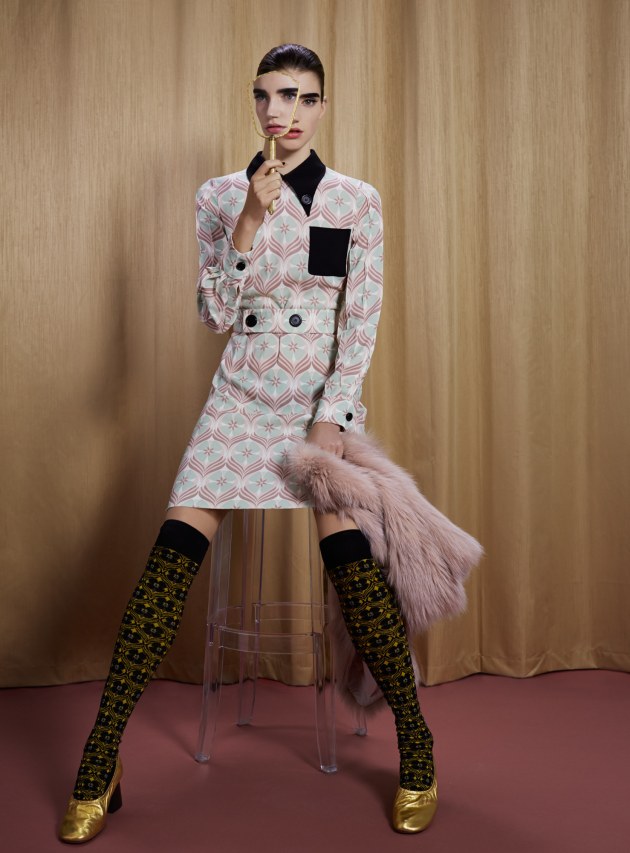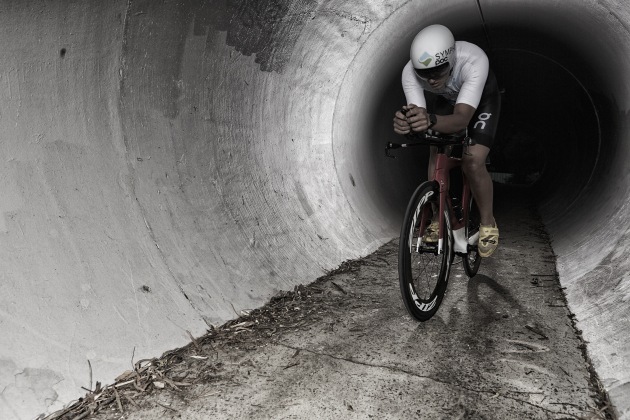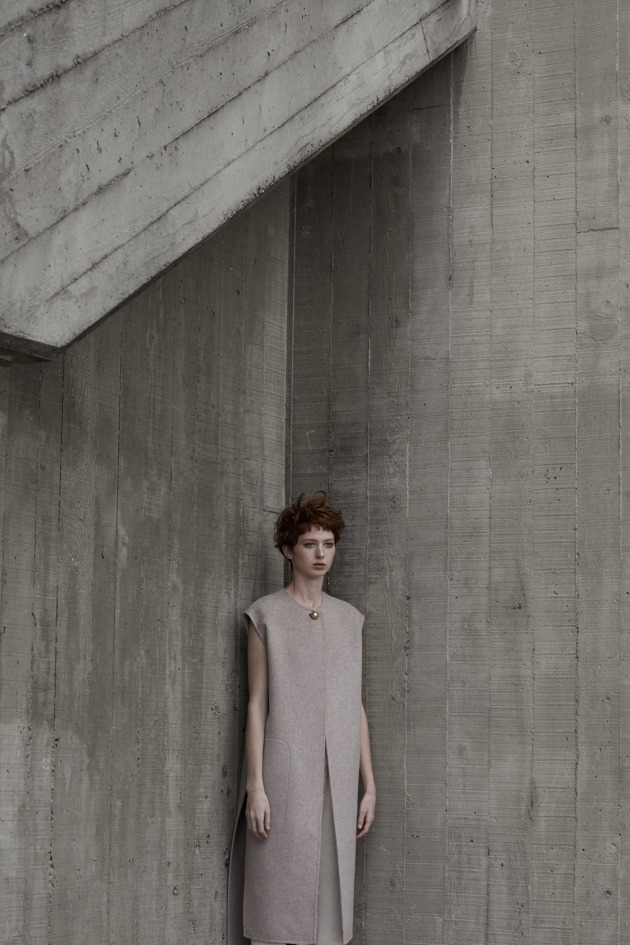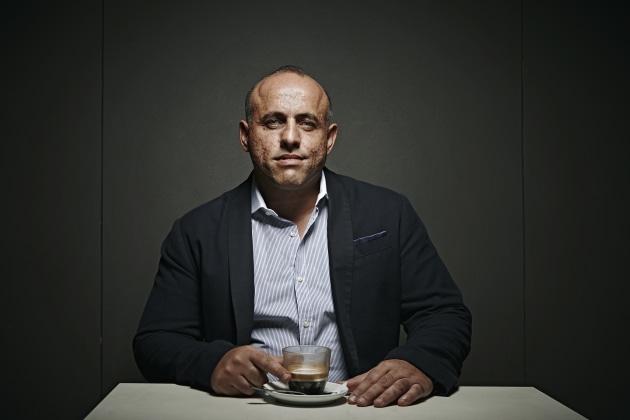Get booked! Insider secrets. Part 2
In Part 1, we asked those who commission photographers how one lands the big jobs. Now, we’ve asked photographers who work a lot to share their secrets. Their top three reasons matched. Candide McDonald investigates.
What gets you commissions? It’s the question that unlocks the gate between aspiring and professional photographer. When Capture asked the people who commission work, three factors were particularly strong: don’t be a jack-of-all trades – bring something uniquely yours, have a collaborative attitude, and be the person that people want to work with. Below is the view from the other side.

How photographers land the big gigs
Auckland-based professional photographer, Chris Sisarich is ranked in Lürzer’s Archive 200 Best Ad Photographers worldwide 2015/2016 and works on every continent in the world. His top answer is shared by respected Australian advertising photographers, Toby Dixon, Neil Bailey, and Andy Lewis. “Obviously they want to see that you have a voice, or point of view, or style. I spent quite a few years concentrating and developing a look and feel,” Sisarich says. “I didn’t flip-flop between different looks just to appease what I thought people wanted to see. I shot what I loved. And that has really worked for me – I get hired for my look and feel.”
Sisarich adds that clients also need to feel confident that you’re going to deliver. “There can be hundreds of thousands of dollars in the production of a shoot, so they need to know that you’re the guy who can bring the idea to life, and hand a great product to them.”
Dixon agrees. He also stresses the importance of ‘proof’ that you can deliver. And yes, he understands that is a common conundrum for all aspiring pros. It’s a chicken and egg situation. You need the ad work to get the ad work, but to get the ad work, you need the ad work. Concept work is fine to present, Dixon advises – with one caveat. “Don’t try to guess what’s wanted. Just follow your gut on what you feel is great work, go out and shoot it – and put that forward as your best work,” he suggests. “This comes across as genuine, and art directors are impressed by that.”

Andy Lewis confirms the value of having a collaborative attitude. “I have found that as long as your work is interesting and can generate conversation, you can start to build a relationship with agencies, which is the most important ongoing element with any potential client.”
Neil Bailey confirms the importance of being the person a creative director wants to spend a day at work with. “There will be a number of key reasons why you will be chosen for an advertising shoot – the style of your work, that you come in on budget and meet deadlines, that you can bring something extra to the brief, that your personality is pleasant to be around, and that you can handle the unforeseen on a shoot day.”
That first big break isn’t always what you’d expected
Sisarich began his career as a fashion photographer and broke into advertising work the conventional way – taking his book, which was mostly fashion shots and a few portraits at the time, around to the various agencies. Sisarich’s first commercial job was nonetheless a case of being in the right place at the right time. He’d been asked to shoot some portraits as add-ons to a Subaru TVC. At the last minute, he was asked to shoot one of the cars. “I had no experience and, honestly, hardly a clue about how to go about it,” he confesses. “So we took the car to the top of a mountain and waited for the sun to go down. The backdrop was epic New Zealand mountains. The picture looked really good and I had a revelation that this was what I wanted to be doing.”
His first “proper big commercial job” was for Skoda out of Prague, and the result of enormous effort. “The creative director was a guy I had worked with at [the agency] Lowe in Auckland who was then working for the agency in Prague, and that was how my name got thrown into the mix,” he says. “As soon as I saw the brief, I did everything I possibly could to win that project. My producer and I spent a huge amount of time putting together a proposal. It was a long way for these guys to come, so we really needed to sell New Zealand and us in. And it worked,” Sisarich says. “For me to get a look in at that job, I still needed to have the work in my book to show that I could do it. And that work was something that I’d accumulated over a number of years. I think it’s important to realise that things take time.”

Lewis’ first job came through his (now ex) agent – a job with Bates Singapore for Kingdom Beer. It was a low budget job, but Lewis saw that it was going to be good for his portfolio so he agreed to do it. “The budget was so low, they couldn’t afford to send an art director, so I shot it in my old apartment’s kitchen,” he explains. “As for getting into a position to even be offered a project, you need to have great relationships with people who believe you can do a great job. A lot of my first commissions came through other photographers who believed I could do a great job for their clients, and were happy to put me forward.”
Bailey’s first advertising shoot was for a bank in the UK, TSB. “It was a relatively simple studio portrait, but massively important for the start of my career. It gave birth to a strong working relationship with DDB London that lasted for well over ten years, before I immigrated to Australia,” he says. He was chosen for the job by a creative director who had been on shoots with him while he was an assistant. “I’d begun taking my book around the agencies and she thought my images suited the client.”

© Toby Dixon.
Dixon’s came from a folio viewing at one of the best ad agencies in Sydney. “For so long, I’d dreamt of landing an opportunity like this, but nothing prepared me for the moment when I actually won the job, and the pressure was on. The brief was fairly straightforward – go out and find an abandoned petrol station in the middle of nowhere and shoot it in a particular way within 24 hours, retouch it, and send to print that night. It was for the biggest client the agency had and they made sure I was aware of the necessity of delivering an amazing result.” With no production support, Dixon just packed a van and a crew, and headed west. “Luckily, we found the perfect location after only eight hours of driving. The shot turned out beautifully, and I felt like a hero.”
Do you need an agent?
Apart from doing the legwork, agents provide you with credibility, and the client with reassurance that you will deliver. Of course, your agent’s credibility and the reliability they have shown in the past get factored into that equation. Juli Balla has had an agent for all 27 years of her career to date. “I do not see any cons in having a rep,” she notes. “If they are good, they will do a lot of work for you, such as promotion, strategy, contacting clients, organising ‘go sees’, use of their database, and chasing funds.”

Stephen Walton, on the other hand, has never had an agent. “I was told the only time you should look for representation is when you are too busy to do it yourself. However, I know there are advantages to being represented. An agent will have contacts to get your work in front of more people, they will negotiate better rates, and add another level of professionalism to your profile.”
Chris Sisarich is a member of stills and motion production company, Incredible Picture Machine, in Australia. The collective works as a platform for finding photographers, but doesn’t operate as an agency. He also has an agent in each of New Zealand, Singapore, the US, and China. If you don’t have an agent, you have to rely on your ability to network, you have to get out there and “do the hustle,” as Sisarich calls it. “Personally, I find the hustle hard, and it doesn’t come naturally to me,” he states. “I rely a lot on my reps and producers to look after that for me. We’re a team. Producers are born networkers, and they generally love that aspect of their job. So it makes much better sense to collaborate and work together.”
Does networking really matter?
Your networks matter a lot as you make your way to becoming a commercial photographer, and there are several kinds you need to nurture, Bailey stresses. As well as networking with photographers who might refer you and clients who might commission you, “you can network with other assistants so that you can pool equipment if budgets are lean on shoots, help each other on test shots, or get and give moral support,” Bailey suggests. “Networking with studios helps for deals on using their space and equipment to shoot personal folio work.”
Andy Lewis adds, “a network is everything. Any business relies on regular clients that return again and again. My work comes from a whole range of clients including direct enquiries from small businesses, agency, and publishing work. Every enquiry that comes in could potentially be a new satisfied client who will pass on my name and build my network, so I try to treat everyone with the same high level of professionalism.”
The best promotion
Social media has become paramount for Balla in the last couple of years. “Everyone looks at Instagram and I do get work through it. We also do e-mailers, cards, promotional books, iPad folios, and update the website constantly.” She has been in the industry for a long time, and also has a collection of regular clients she has been working with for years. She is also always working on personal projects and exhibitions, which she includes in promotions. “They might peak a client’s interest and keep you in their minds.”
Stephen Walton has compiled a database and sends a monthly MailChimp e-mail newsletter showing his recent work. He follows that up with a phone call a few days later to each person who opened the email to try to arrange a meeting with to show them more of his work. “I also think social media is important in today’s market, and it’s something I am trying to work on. My social media presence is terrible at the moment,” he admits.

Bouncing back
“Showing your work to agencies can be hard work,” Sisarich warns. “Some days the responses are really positive, and other days not, so it can be a ride of highs and lows. I think that you need to have thick skin and be able to handle rejection well, because the reality is you and your work will get rejected a lot,” he say. “But what is important is persistence, and to just keep pushing forward regardless of people liking your work or not. Don’t get disheartened when you miss out. It happens to everyone, and there will always be more opportunities around the corner.”
Walton states that rejection is something we have to learn to accept because it’s impossible to please everybody. “At the end of the day, you have to remember that it’s business, and not to take it personally, as hard as that can be,” he says.
The benefit of experience
For Lewis, your most important asset is enthusiasm. “It’s being completely passionate about your work and about learning. You won’t necessarily be getting the most inspiring briefs to start out with, but if you put in the extra work to deliver the client something beyond their expectations, that will pay off in the long run,” he says.
For Dixon what matters is to, “never forget, that despite what you think, we, as commercial photographers are just glorified service providers. Some may see our role as artists in a commercial space and to some extent this is true, but unless you can deliver on the brief, on time, on budget, and make the agency look good, you can forget about ever working for them again.”
Sisarich can’t stress one piece of advice enough – be persistent. “Create a book with a strong voice. Don’t water down your vision. Do what you really love and get busy as your best work will evolve out of the work and effort. Get your work in front of people consistently. The reality is that it’s unlikely you’ll get a commission the first time you rock into an agency and show your work. You need to keep showing fresh work and stronger work. Keep going,” he says. “Enter work in competitions. Have exhibitions. Get work published in magazines and editorial. Work hard and don’t give up!”
Survival tactics
What you knew five years ago about getting commissioned is defunct. “Digital image making and social media were game changers,” Balla states. “What’s desired has changed in every way, and now everyone with a good eye or a good idea is a contender. Quite often we also come up with the idea or concept to take to the client. They expect the total package.”

The other contenders taking commissions away from photographers are photo libraries. Not only have they upped their game significantly, promote themselves aggressively, and offer what clients want for social and digital work, they can often offer more content for less money. It’s fine for photographers when clients want a bespoke and original image, but if they’re happy with something “off-the-shelf”, that’s where a commission is likely to be avoided.
There are certain things that never work when it comes to getting a commission. Balla suggests that waiting for the phone to ring, harassing clients, and being complacent should be avoided at all cost. For Walton, working for free, undervaluing your work, and relying on verbal contracts are all bad for business.
Technology is creating more and more photographers competing for a pool of work that is not growing at the same pace. It has never been more important to have something uniquely yours to offer to clients. The Internet has fostered the growth of the collaborative ideal. It has never been more important to be seen as a team player. And both of these factors have established a new business attitude. Nice guys win. Everything else you take to a job pitch is icing. But take it anyway.

Contacts
Neil Bailey
Juli Balla
Toby Dixon
Andy Lewis
Chris Sisarich
Stephen Walton


